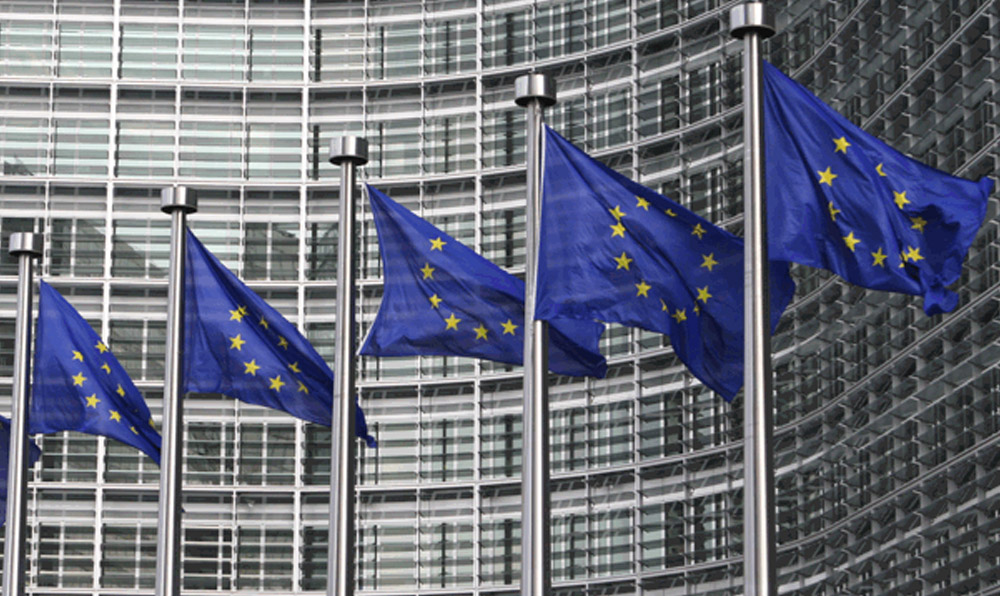Sometimes, being keen-eyed for irregularities can mean the difference between a compliance violation and being on the right side of the law.
Everyone involved in your organization’s denied parties screening and export compliance program needs to be constantly vigilant and on the lookout for telltale signs that something may be amiss with a transaction. This is because occasionally, denied and restricted parties can and do put in effort into masking their true identities. But with a little effort on your own, it’s possible for you to see through their ruse.
Consider, for example, how a U.S. atomic clock maker was able to identify an order of a Cesium atomic clock that was likely to have been re-exported illegally – because the company realized that there were multiple red flags in the transaction, including a suspicious end use statement and a reluctance to share information.
There are other cases, but the key takeaway is that if you have doubts or feel that something is not quite right, it never hurts to do a little bit of extra digging.
The Commerce Department’s Bureau of Industry and Security (BIS) does a great job of educating exporters about red flags to watch out for. However, export compliance professionals have shared additional telltale signs that should also instantly raise the alarm:
- The buyer isn’t in the location they claim to be. Sometimes, you just can’t take people at their word. For example, a potential customer might tell you they were emailing from France—which, if true, would be all well and good. However, they could easily be trying to cover their trail, and be really communicating from Iran, a country under international trade embargo. When in doubt, a simple check of the buyer’s IP address can help identify their true location.
- There are inconsistencies in the buyer’s story. In some cases, the particulars of a transaction just don’t make sense. While this is covered in the BIS guidance, there are additional inconsistencies that could be uncovered with a little detective work: for instance, the buyer’s ship-to destination for bulky aircraft parts is a residential location or the 12th floor of an office building; they are expanding into reselling product lines they have no experience in; or they continually change their reasons for the purchase. These are just a handful of examples, but they serve to demonstrate the point well: if your buyer’s story doesn’t seem to hold up to scrutiny, it’s worth looking into.
- The product is to be shipped to a country that does not have an industry that requires it. For example, a request is received for semiconductors from a prospect in a country that doesn’t have an electronics industry. Or, an order for aircraft parts for an organization situated in a nation that does not have a local aviation industry.
Organizations need to be constantly on the lookout for any indication that a transaction may result in a potential compliance violation. Having the right compliance tools—such as a denied party screening program that can quickly identify sanctioned entities and countries, as well as provide the tools for IP and address screening—can help make the work of export compliance that much easier.
Ultimately, there are two major components to a successful screening program—a solution that is equipped and capable to help you verify the entity you are doing business with across multiple parameters, and compliance professionals with the initiative and attention to detail to identify any red flags that come up. Organizations that take the time to look for irregularities will benefit from robust export compliance programs that are less likely to miss a potential compliance violation.


